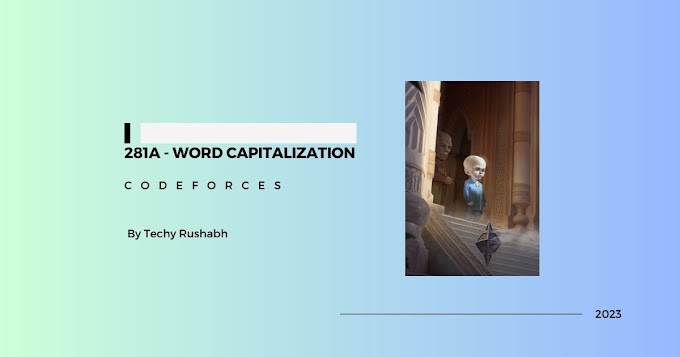Introduction
So, you're diving into the world of React, and all the tutorials point you towards Create React App (CRA). But, is it really the best starting point? The React community is increasingly critical of CRA, citing issues with performance, setup complexity with tools like Tailwind and TypeScript, and the existence of numerous superior alternatives. This post explores seven better ways to kickstart your React projects, offering a breakdown of their pros and cons to help you choose the right tool for the job.
1. Instant Development Environments: StackBlitz and CodeSandbox
For beginners and quick prototyping, instant development environments like StackBlitz and CodeSandbox are unbeatable. These web-based tools allow you to start coding React immediately, without any local setup. Simply click a button, and you're building a React app in your browser! They eliminate the hassle of managing dependencies and module bundlers. Furthermore, they are easily shareable, making collaboration a breeze. Recent advancements even allow you to run backend code like Node.js and Next.js within these environments using web containers. While excellent for learning and experimentation, a dedicated build tool is recommended for serious application development.
2. Vite: The Fast and Furious Alternative
Vite has quickly become a popular replacement for Create React App. It offers a similar out-of-the-box experience but boasts significantly faster development speeds. Vite leverages native ES modules and ESBuild for on-demand application building, scaling more efficiently for larger projects. It now supports SWC (a Rust-based compiler) as an alternative to Babel for even better performance. It uses Rollup for module bundling, and includes TypeScript support by default. It's important to remember that Vite focuses on single-page applications (SPAs). While it provides a low-level API for server-side rendering, and has plugins available, this is an advanced setup and generally not recommended unless you have very specific needs.
3. NX: Scaling Complexity with Monorepo Power
NX is typically known for monorepo management, but its CLI can also build standalone React applications. When setting up a new project with NX, you can choose your bundler (Vite, Webpack, or RSpack) and a CSS preprocessor. NX excels at managing complexity with features like task caching (including cloud distribution) to avoid redundant builds across team members and CI servers. It also offers generators for automatically adding dependencies like Tailwind or scaffolding components and libraries. The NX graph command provides a visual representation of your project's code relationships. Additionally, NX simplifies continuous integration and delivery (CI/CD) setup by generating CI workflows.
4. React Rendering Frameworks: Next.js, Remix, and Gatsby
For more complex applications, React rendering frameworks (meta-frameworks) provide additional features like routing and server-side rendering. Next.js is the most popular option, offering file-system-based routing, server-side rendering (SSR) for SEO and performance, and server-side data fetching with React Server Components. Remix, recently acquired by Shopify, is a competitor to Next.js, providing similar features like file-system routing but with a different approach to data fetching (without React Server Components). Features like nested layouts and streaming are already stable in Remix. Gatsby focuses on content-heavy, statically generated sites, but also supports server-side rendering. It utilizes GraphQL to provide a unified data layer, with tools like Valhalla Content Hub to simplify data access.
5. Astro: The Islands Architecture Approach
Astro differentiates itself by being framework-agnostic, supporting React, Svelte, Vue, and Solid. Unlike other frameworks where React takes over the entire DOM, Astro uses its own templating language for static content and "islands" of interactivity powered by React (or other frameworks). This approach minimizes JavaScript sent to the browser, resulting in significant performance gains. Astro 2.0 introduced Content Collections, enabling content-heavy websites to scale safely by enforcing schemas on Markdown content.
Conclusion
While Create React App might seem like the obvious starting point, the React ecosystem offers a plethora of better alternatives. From the instant gratification of StackBlitz and CodeSandbox to the performance of Vite, the scaling capabilities of NX, the comprehensive features of Next.js and Remix, the content focus of Gatsby, and the innovative architecture of Astro, there's a tool to suit every project's needs. Consider your project's complexity, performance requirements, and team size when making your choice.
Keywords:
- React development
- Create React App alternatives
- React frameworks
- Vite
- Next.js




0 Comments